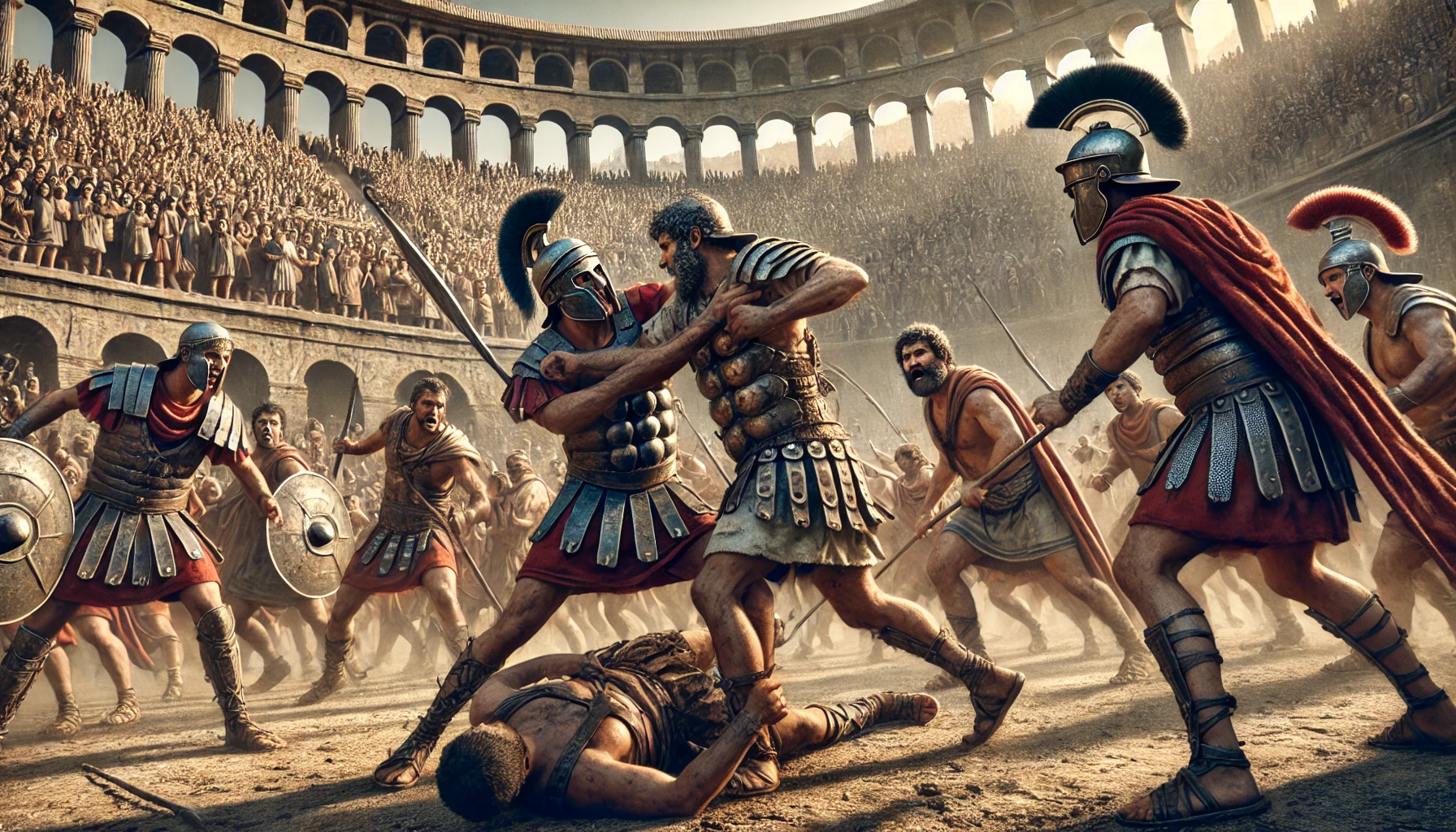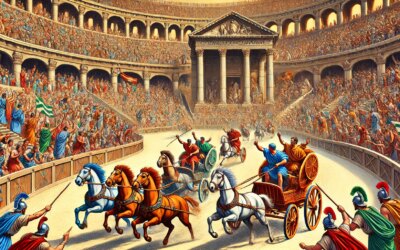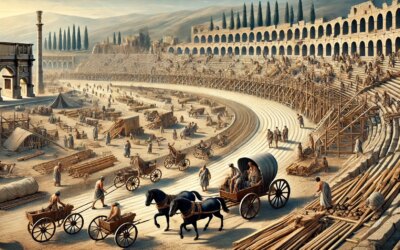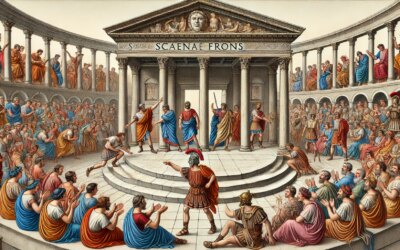Introduction
Few spectacles in history have been as iconic and enduring as the Roman gladiatorial games. These brutal contests, held in massive amphitheaters like the Colosseum, were more than mere entertainment—they reflected the values, politics, and social structures of Rome. Gladiators, often enslaved men or prisoners of war, fought for survival and glory before roaring crowds. But who were these warriors, and why did their battles captivate the Roman world for centuries?
Origins of Gladiatorial Combat
Gladiatorial contests originated from funeral rituals, likely adopted from the Etruscans. Initially, they were part of ceremonies honoring the dead, where combatants fought to appease the spirits of the deceased. Over time, these fights evolved into public entertainment, with the first recorded games in Rome held in 264 BCE. By the time of the late Republic and early Empire, gladiatorial matches had become a political tool, used by ambitious leaders to gain favor with the masses.
The Life of a Gladiator
Contrary to modern perception, not all gladiators were slaves. While many were prisoners of war, criminals, or enslaved individuals, some were free men who volunteered in hopes of fame and fortune. These men trained in ludi (gladiatorial schools) under harsh conditions, learning combat techniques and discipline. Trainers, often former gladiators themselves, ensured that fighters were well-prepared before entering the arena.
Types of Gladiators
Gladiators were categorized based on their armor, weapons, and fighting styles. Some of the most famous types included:
- Murmillo: Heavily armored with a large shield and a short sword (gladius), often pitted against lighter opponents.
- Retiarius: Fought with a net and trident, wearing minimal armor but relying on agility and skill.
- Thraex: Wielded a curved sword (sica) and a small shield, typically facing off against murmillos.
- Samnite: One of the earliest gladiator types, equipped with heavy armor and a broad sword.
The Colosseum: Rome’s Grand Arena
The Colosseum, inaugurated in 80 CE by Emperor Titus, became the ultimate stage for gladiatorial combat. With a capacity of over 50,000 spectators, it hosted elaborate games, often sponsored by emperors or wealthy citizens. These events included not only gladiator duels but also beast hunts, naval battles (naumachiae), and executions. The crowd, composed of all social classes, played an active role, deciding the fate of wounded fighters with a simple thumbs-up or thumbs-down gesture.
The End of the Gladiatorial Games
By the 5th century CE, changing attitudes and economic decline led to the gradual end of gladiatorial contests. The spread of Christianity, which condemned the brutality of the games, played a significant role in their decline. In 404 CE, Emperor Honorius officially banned gladiatorial combat, marking the end of an era.
Conclusion
Gladiators were more than just fighters—they were symbols of courage, resistance, and the harsh realities of Roman society. Their battles, though brutal, remain one of the most fascinating aspects of ancient Rome, a reminder of a civilization that thrived on spectacle and power.






